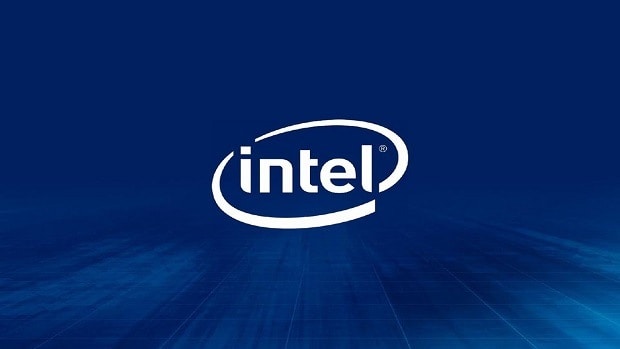Intel has been lagging behind when it comes to the 10nm process but the company stressed that Intel’s 14nm process should not be compared to AMD’s 12nm process as these are marketing techniques and not much more. The processes can be looked at differently by different companies and there is no standard for comparison.
Norberto Mateos, current Director of Consumer for the EMEA area and Manager of Intel Spain talked about this matter and the following is what he had to say in this regard:
The starting point, in my opinion, is that each company calls a “X-nanometer process” a different thing. I think it’s a mistake to compare what we call 14 nm to what GlobalFoundries or TSMC identify in the same way. In the end it is about finding economies of scale from the point of view of the density of transistors that make a design efficient. Intel is an integrated semiconductor manufacturer from the point of view that we have manufacturing, architecture and products. Intel’s strategy has always been to try to maximize the benefits and efficiencies associated with being able to produce an architecture, develop it and derive products derived from it.
He further went on to mention how making this comparison does not make sense and how this is a marketing tool that is used by brands. Then again, did Intel not use this for marketing as well? I think they did. You might recall that as well.
The absence of a standard that allows objective comparison of integration technology is being used by some brands as a marketing tool
Mateos further went on to mention that when it comes to density, the company is still in the lead and that the company is satisfied with the position that it has in the market. He also mentioned that consumers are not interested in the process that the chip is based on but on the performance that the CPUs have to offer. While the general consumer might think that way, enthusiasts are interested in owning the latest lithography.
We are satisfied with the level of density that has allowed us to reach our different technologies, and we believe that we are still leading from the point of view of that density. I will not go into the fact whether my 12 nm is your 7 nm, or the 10 nm of the other, because this comparison does not lead anywhere. After all, this only interests the technologists. To the user, be it a person, a company or a data center, what really interests him is knowing what performance he is going to obtain, and this derives from a balanced architecture both from the point of view of the processor and the complete system.
Furthermore, we have learned that the upcoming Intel 9th generation CPUs will work with the current motherboards. For more information regarding the matter and news regarding hardware stay tuned.
Let us know what you think about this statement and whether or not you agree with all the things that Intel has mentioned.
